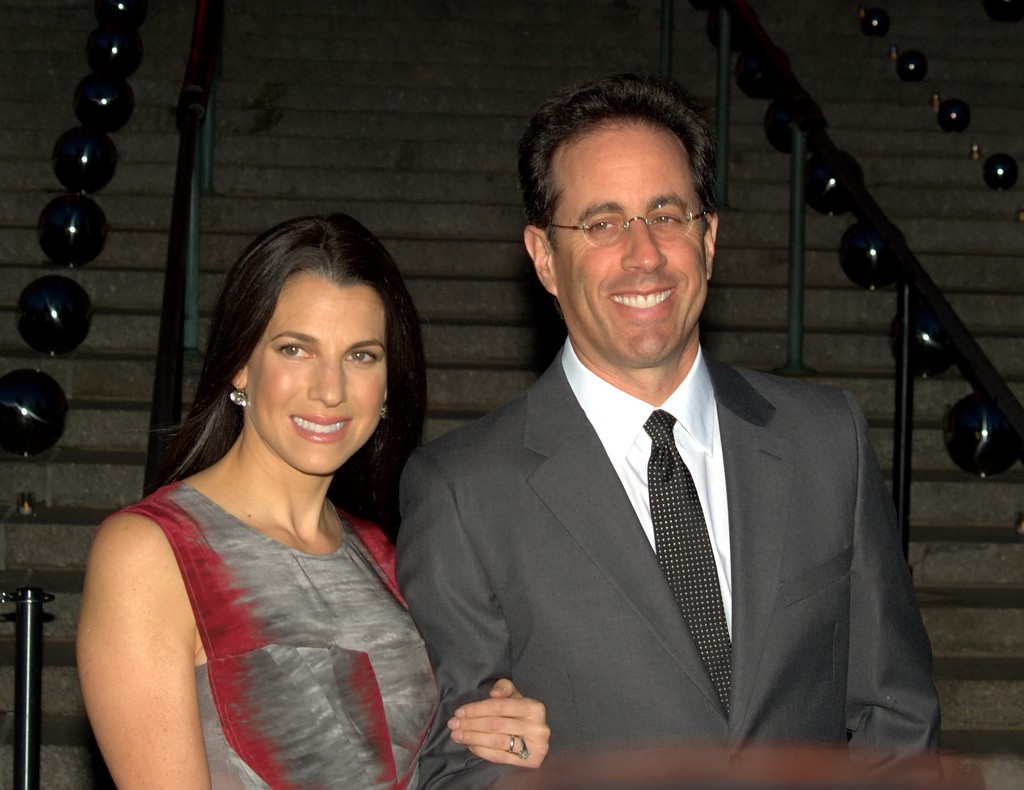Smart Financial Center in Sugar Land is celebrating its grand opening by hosting famed comedian Jerry Seinfeld for a pair of gigs on Saturday night (both shows are sold out, as you’d expect from a comedian of Seinfeld’s caliber and fame). Seinfeld isn’t so much underrated as a comedian; rather, his stand-up career is somewhat overlooked because of the unparalleled success of his eponymous television show.
This certainly makes sense. Seinfeld, speaking selfishly, is the best sitcom of all time. The show had everything – memorable characters, quotable lines aplenty and episodes that live on to this day, some 19 years after Jerry, George, Elaine and Kramer exited stage left – the stars of what was still the most popular show on television. Yes, Seinfeld has been off the air nearly 20 years; feel free to have a “where did the time go” moment.
In addition to the Soup Nazi, the Contest and “not that there’s anything wrong with that,” Seinfeld also employed a very memorable opening musical theme. The theme, which began as an improvised bass rift, featured a slap bass theme that was actually created on a synthesizer. Jonathan Wolff, who composed the theme, routinely changed it up, mixing in tongue noises, lip pops and various other human noises in creating what Wolff described as a “percolating rhythm, this New York groove.”
This theme was an outlier of sorts. During the ’80s, when Seinfeld premiered, most sitcoms featured more traditional theme songs, complete with cheesy lyrics and backing music that played as characters were introduced in various staged poses. Examples include the following (yes, the ’80s was a terrible time for television theme music):
So Seinfeld, in addition to totally reinventing the television landscape and the way people viewed network sitcoms, mixed in more than its fair share of music. In fact, some of its most memorable episodes either used music as a key instrument (no pun intended) or centered on music altogether.
“DESPERADO”
Elaine Benes dated many men during Seinfeld’s nine-season run on NBC. Some were dim-witted but good-natured (David Puddy), others were downright psychotic (Crazy Joe Davola) and one simply didn’t “do everything” in the bedroom (John Jermaine). Then there was Brett, who insisted on total silence any time the Eagles’ tune “Desperado” came on the radio. To no avail, Elaine – looking to transition from “his song” to “our song” – suggests to Brett that they adopt “Witchy Woman,” which is an equally terrible Eagles song.
ELAINE DANCES
Elaine, as evidenced by the sampling of boyfriends above, made some questionable decisions during her run on Seinfeld. But the most questionable of those decisions had nothing to do with men. Rather, during the 1996 episode “The Little Kicks,” Elaine attempts to dance to the song “Shining Star” at her company party. George, in attendance, doesn’t view her attempts as dancing so much as instead “a full-body dry heave, set to music.” To this day, if some drunk at a company holiday party kicks off the festivities by throwing elbows and knees in herky-jerky fashion, rest assured he’s either a Seinfeld fan or a terrible dancer with an utter lack of self-awareness.
GEORGE’S ANSWERING MACHINE
How many Americans adopted this as their own personal voicemail recording after watching it on 1997’s “The Susie”? It’s gotta be in the thousands, right?
GEORGE’S FAKE HANDICAP
Making fun of disabled folks isn’t funny, and some Seinfeld critics took the show to task for allegedly doing just that on 1997’s “The Butter Shave.” However, having George Costanza fake a handicap to get a job – as he did at Play Now – isn’t Seinfeld insulting handicapped people; it’s simply the show giving us one more example of the lengths to which George will go to get ahead in this world. Other instances over the years include George drugging his boss, George trying to have an old man evicted from an apartment he himself would rather inhabit and George showing utter indifference when his fiancée dies from licking poisonous envelopes that he purchased. Point being, George Costanza is the funniest awful person in the annals of television history.
BETTE MIDLER AND “ROCHELLE, ROCHELLE”
The 1995 episode “The Understudy” centers on Jerry dating the understudy to Bette Midler in the Broadway show “Rochelle, Rochelle.” George later injures Midler during a softball game, which prompts people to view the act as a purposeful way of getting the understudy into the starring role (this was right after the whole Tonya Harding-Nancy Kerrigan thing). The episode features peak-era Kramer, Bette Midler singing and Jerry’s girlfriend melting down when given her opportunity to shine. A Seinfeld all-timer.
Support Us
Houston's independent source of
local news and culture
account
- Welcome,
Insider - Login
- My Account
- My Newsletters
- Contribute
- Contact Us
As Seinfeld Proved, in the Visual Medium of TV, Music Is Key

Courtesy of David Shankbone via Flickr Commons
If you were as successful as Jerry Seinfeld, you'd be smiling too.
[
{
"name": "Related Stories / Support Us Combo",
"component": "11591218",
"insertPoint": "4",
"requiredCountToDisplay": "4"
},{
"name": "Air - Billboard - Inline Content",
"component": "11591214",
"insertPoint": "2/3",
"requiredCountToDisplay": "7"
},{
"name": "R1 - Beta - Mobile Only",
"component": "12287027",
"insertPoint": "8",
"requiredCountToDisplay": "8"
},{
"name": "Air - MediumRectangle - Inline Content - Mobile Display Size 2",
"component": "11591215",
"insertPoint": "12",
"requiredCountToDisplay": "12"
},{
"name": "Air - MediumRectangle - Inline Content - Mobile Display Size 2",
"component": "11591215",
"insertPoint": "4th",
"startingPoint": "16",
"requiredCountToDisplay": "12"
}
,{
"name": "RevContent - In Article",
"component": "12527128",
"insertPoint": "3/5",
"requiredCountToDisplay": "5"
}
]

